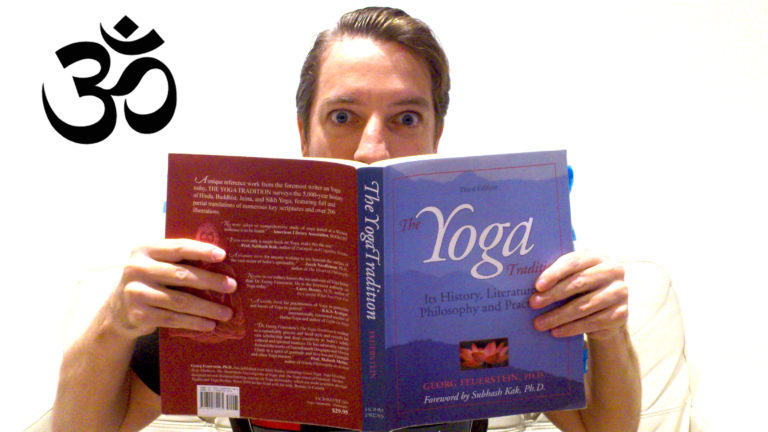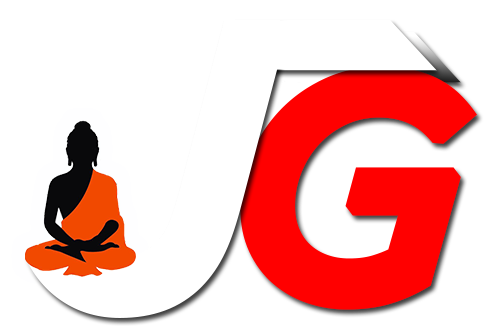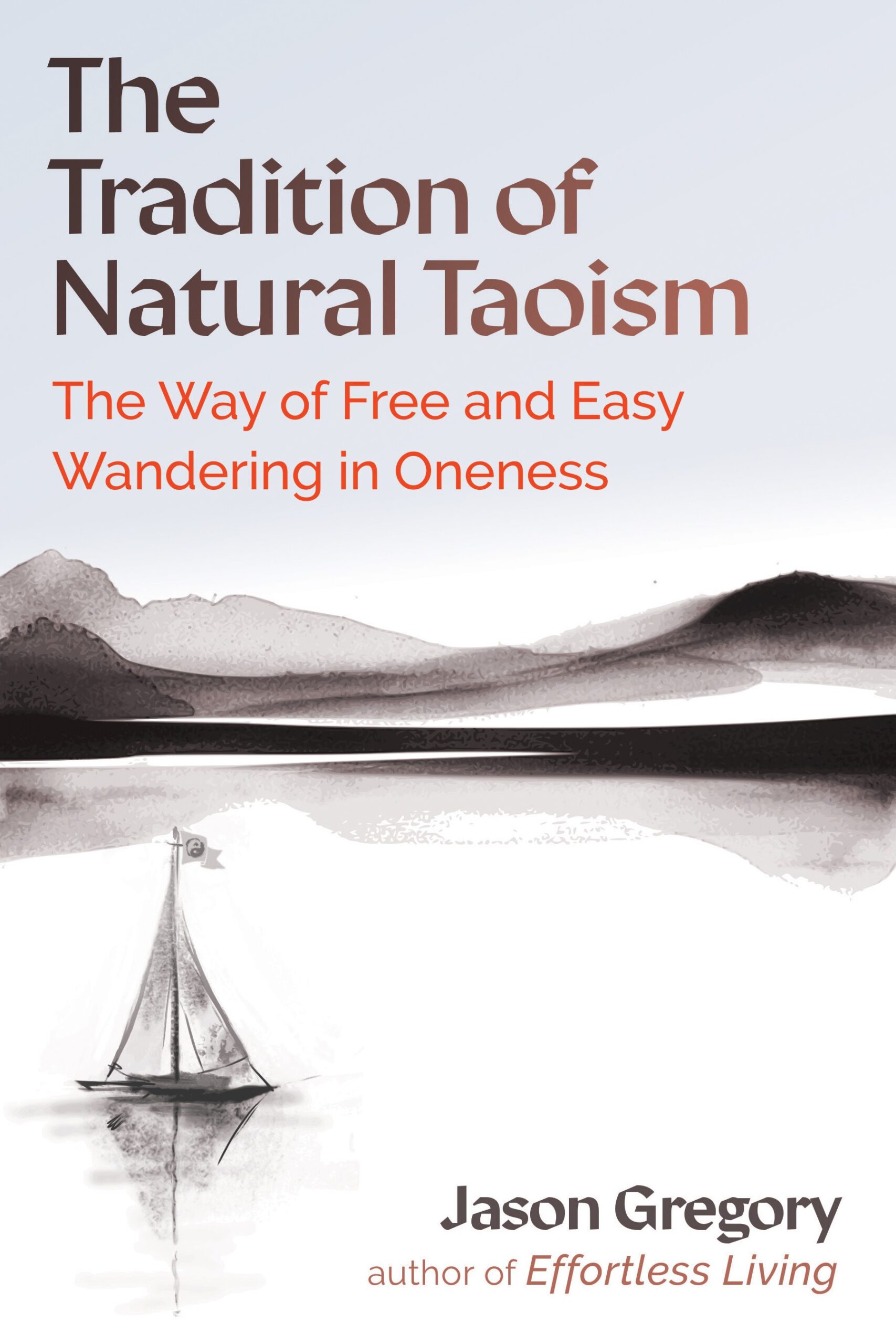Best Books for Studying Yoga

I find it disappointing that when most people hear the word “yoga” they think of an exercise routine that is focused on stretching the body, making one more flexible. I’m sorry to be the bearer of bad news, but that’s not yoga. That idea of yoga results from the cultural appropriation it went through when it went to the West, especially in places such as America. That version of yoga is a poor replica of the traditional hatha yoga which is only one branch of yoga.
Actually, there are seven main paths or temperaments of yoga known in Sanskrit as hatha, mantra, tantra, karma, bhakti, raja, and jnana. Yoga is not asana and in actual fact the word asana literally means to sit or seat, revealing that the first yoga posture is sitting meditation. So, yoga is not an exercise routine where we wear skimpy tight clothes which is all too egocentric. Real yoga is about dissolving those tendencies to be egocentric, which includes our urge to be physically attractive.
Yoga is a system of knowledge designed to liberate you from the idea of an isolated and separate ego so that you can reunite with the divine. The word yoga comes from the Sanskrit root yuj which means to yoke, unite, or join with the absolute Ultimate Reality (Brahman) beneath all the energy and movement of duality in the universe, known as prakrti in Sanskrit. At its core, then, yoga is a dualistic philosophy where we are supposed to break free of the gravitational pull of all the energy, including thoughts, and movement in the universe (prakrti). The way this is done is by coming back into resonance with your innate pure awareness (purusha in Sanskrit) which unites you with the Ultimate Reality, Brahman.
Pure awareness is the root of our consciousness and the main principle of all forms of yoga. Patanjali, the founder of classical yoga, believes that the evolutionary aspect of mind, citta in Sanskrit, is to refine our mind back into its original state of pure awareness. Our mind (citta) is wound up in the vortex of energy and movement in the universe (prakrti). The goal of yoga is to unravel our mind from this turbulence. This is done by coming back into resonance with pure awareness, where it is said that eventually you will develop a gap between prakrti and Purusha, meaning you will be able to look on the world of form from a distance without being moved by the activity of the world. This is liberation in yoga and what all honest yogini’s and yogi’s should be striving to achieve. I will recommend the best books for you to achieve this liberated state and to further your understanding of yoga, and also how to apply it to your life.
To build a foundation for understanding yoga I suggest first reading The Yoga Sutras of Patanjali. This is the foundation of yoga from the great master Patanjali. In an ideal world, I always say that it is best to read the classics first to get your head around the actual philosophy and practice. The Yoga Sutras of Patanjali is no different and I class it as one of the greatest classical texts on the planet (definitely top five).
There are so many translations on the market and a lot of good ones. But I will give you my personal favorites. My favorite translation is by Chip Hartranft. His translation of The Yoga Sutras of Patanjali is translated for the modern mind but keeps its ancient beauty. I’ve read his version many times and it always plunges me deeper to reveal more about the nature of self and the universe. The second translation I recommend is by Swami Satchidananda. His translation of The Yoga Sutras of Patanjali sticks more to tradition but is very lucid and profound. It really is a showcase of how great Swami Satchidananda really was. He was one of the most honest and brilliant gurus to have graced our earth in recent history and his translation reflects his greatness. These two translations are even better when they are coupled together.
Outside of The Yoga Sutras of Patanjali, the most important book on yoga is The Yoga Tradition by Georg Feuerstein. Georg Feuerstein is the greatest scholar and teacher of yoga you’ve never met or heard of. A lot of his work is criticized because of how intelligent and scholarly his writing was. But he should not be criticized for the genius he was. Actually, the onus and responsibility is on the reader is to be more intelligent and that can come about by reading his works (also criticizing someone highly intelligent because you can’t understand is an act done by those less intelligent). As for yoga, all of his works are unmatched. Even his translation of The Yoga Sutras of Patanjali is brilliant. But it is The Yoga Tradition where his knowledge and wisdom really shines.
As a writer, when I read The Yoga Tradition I am in awe of how he could have wrote such a tome. In this book, Feuerstein takes you through the whole history of Hindu thought, not just yoga. He explores Vedanta, Samkhya, Jainism, and Buddhism in relation to yoga, which gives you the full scope of Indian thought. Though, if you do take the challenge and read this book you better be prepared because it is a behemoth. This is why it is sometimes referred to as the “yoga phone book.” But if you are serious about yoga then this book cannot be avoided. And you won’t regret it because it is full of insights and traditional knowledge on yoga.
Another book I recommend is by Feuerstein again. It is called The Psychology of Yoga. You should read this book after The Yoga Tradition. It was the last book Feuerstein wrote before he passed away in 2012. It is some of his best work. In this book he explores ancient yogic thought in comparison and contrast to Western psychology. He seamlessly blends both to give a modern view of why and how yoga is important.
A lot of people living super busy lives often don’t have much time to read nor do they have mental bandwidth to absorb a classic like The Yoga Tradition. What I would say to this is that you have to prioritize your life better and understand what is truly important in life. But if you are attached to your busy life then don’t fear, there is a special little book on yoga that I recommend.
The Eight Limbs of Yoga by Stuart Ray Sarbacker and Kevin Kimple is a little handbook on how we live the philosophy of yoga. Though Feuerstein goes the deepest into the eight limbs of yoga that make up yogic thought, this little book covers them well enough to pique your interest to continue your yoga studies and practice (not just hatha yoga practice). Actually, Stuart Ray Sarbacker and Kevin Kimple have achieved quite a feat with this book. How they condensed all the key elements of the eight limbs of yoga in a book less than 100 pages I’ll never know. But this is the perfect book to get you interested in what yoga really is. You could read it on your way to work or finish it in an afternoon. That’s the beauty of this little book. But don’t let the size fool you, it packs a punch. This book is also a great reminder for those who live yoga philosophy, as you can open it up anywhere at anytime and find a piece of wisdom to ground you.
On top of these books for studying of yoga, I recommend you watch two episodes of my show Enlightenment Today. First watch the episode called Yoga and then watch the episode called The Eight Limbs of Yoga. Both of these episodes go extensively into what yoga truly is. There are many other books I could have mentioned, but the ones I have mentioned are better than a good start. They will not only open the world of yoga up for you, but they will take you all the way to the ultimate goal in yogic thought, which is the isolation of purusha from prakrti, the utlimate state of kaivalya (isolation/aloneness/detachment) leading to moksha (liberation).
NOTE: This site directs people to Amazon and is an Amazon Associate member. As an Amazon Associate I earn from qualifying purchases. The pages on this website may contain affiliate links, which means I may receive a commission if you click a link and purchase something that I have recommended.

